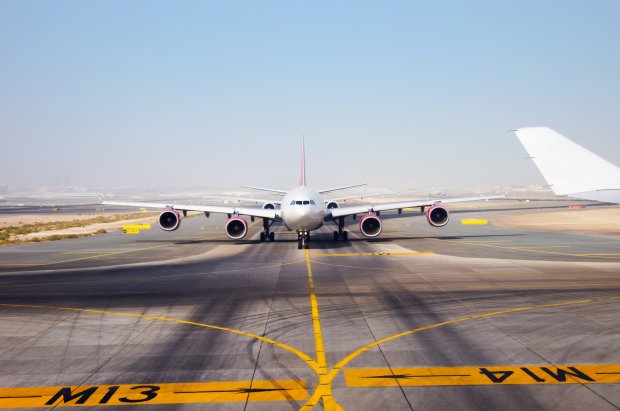How can the impact of the Coronavirus (COVID-19) on airport operations be minimized?

Use these 4 recommendations
Last week's IATA's Economic Chart of the Week indicates that regional traffic in the Asia Pacific region is likely to decline significantly due to the recent outbreak of the Coronavirus (COVID-19). In an unfortunate scenario, more carriers in the Asia Pacific region can cancel more flights. This would increase the negative impact on the air traffic demand at the rest of the world’s airports. In such scenario, traffic patterns shift due to the cancellations, new security regulations are introduced which are all contributing to a working environment that is different from what people are used to.
Here are 4 recommendations on how you and your airport can efficiently handle the associated challenges:
Adjust your immigration queueing predictions & communicate the plan regularly
Due to the medical checks of arriving passengers right after landing, the arrival time of these passengers at the immigration and passport control check points can significantly change. Border officials might not be present in sufficient numbers at the right time to deal with the increased workload which could result in hour-long queues, unhappy passengers and increased health risks as a result of a high density of passengers in small areas. For that reason, when creating the plans, it is important to adjust the processing time for passengers of affected flights or modify some processes and share the adapted staff requirement with the border forces to flexibly manage the passenger queues. By using multiple scenarios in stakeholder discussions, you can jointly identify the best way to handle the upcoming situations.
Increase your situational awareness for on-the-day disruptions
Disruptions combined with unusual days of operations involving additional medical checks can result in more unexpected events on short notice. Short-term (near real-time) predictions of such irregularities can prepare your Airport Operations Control Centre (AOCC) and your duty managers for the unexpected events so they can take immediate preventive action. Create regular (every 15-30 minutes) predictions for the upcoming few hours related to your expected passenger flows and queueing phenomena to avoid bottlenecks in the terminal or on the apron.
Adjust your aeronautical budget forecast accordingly
Flights during a health epidemic are either cancelled or are operating with a lower seat load factor compared to an average day of operation due to a lot of passengers cancelling their trips. This introduces noise into your historical traffic data, which must be properly filtered out when creating your budget forecasts for the upcoming financial year. Whether you are taking a manual or an automated forecasting approach, marking these days as faulty and excluding them from your predictions is vital for an accurate budget forecast. Accordingly, your aeronautical revenues might decrease during a health epidemic, but it is crucial to understand that it is only a temporary phenomenon.
Make the most of the situation
Flight cancellations and fewer passengers can also be an opportunity for your airport to improve the usage of existing infrastructure or to plan and conduct necessary maintenance or construction tasks.
Fewer aircraft can be allocated to fewer aircraft stands, so re-adjusting your stand allocation for the affected time period can significantly improve your pier-service ratio, usage of preferred gates or give you the flexibility to do routine maintenance on some of your stands. The same applies for some of your terminal areas as your airport temporarily needs to handle less passengers, making this time suitable to prepare upgrades without significant disruptions.
Conclusion
Disruptions in your traffic demand can catch you by surprise, but that doesn’t mean that you end up with a severely negative impact. Assess the situation from multiple angles and create multiple what-if scenarios to map out all your options and choose the one that you feel most comfortable with. Additionally, don’t forget that such occurrences can enable you to carry out tasks that you would not optimally be able to do during normal operations, such as maintenance activities. At the end, it is how you respond to change that matters.


